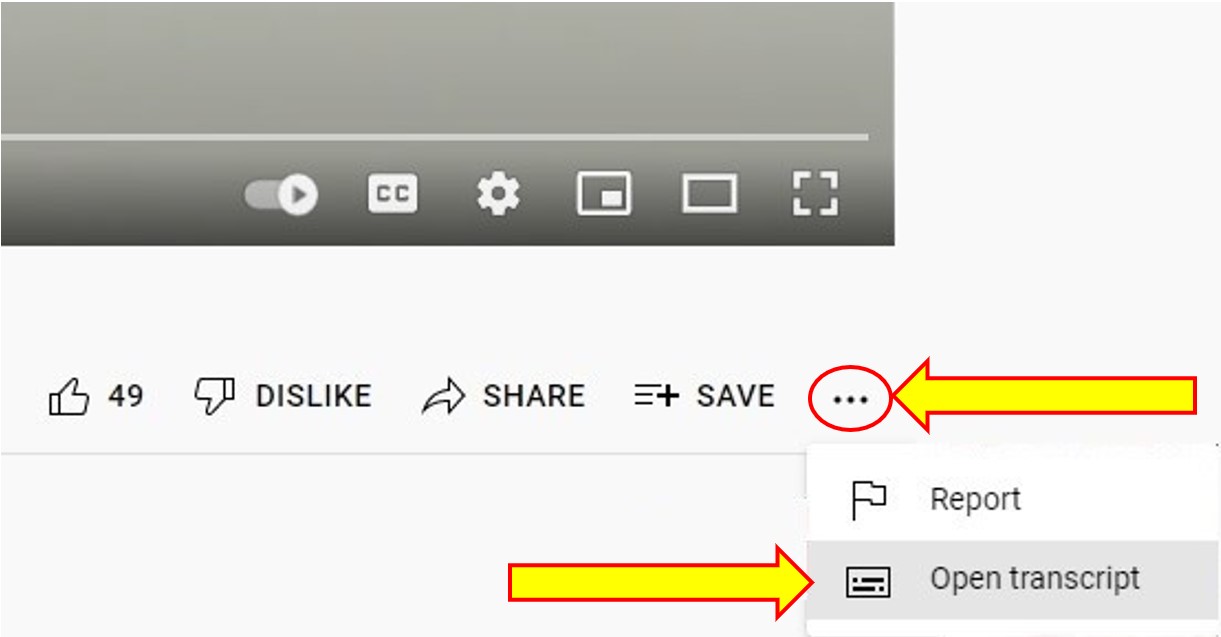3.3 Planning Your Message: Thinking About Your Purpose, Audience, and Tone
A well-written message requires planning that takes into consideration its purpose, audience, and tone.
Planning: Thinking About Your Purpose
Think about purpose before you begin a business correspondence. In other words, think about what and why you are writing.
Ask yourself these simple questions: Am I writing to
- provide information to people?
- persuade someone of something?
- request something?
- suggest something?
- explain something?
- complain about something?
- to celebrate or praise something?
These simple questions will help you to determine your purpose.
Planning: Thinking About Your Audience
Think about the person(s) who will be receiving your message.
Who are the readers?
Are the readers
- employees, trainees, or assistants who expect to receive directives, suggestions, and information from me?
- supervisors or managers who expect to receive suggestions or information from me?
- other members of the organization who may or may not expect to receive suggestions or information from me?
How will the readers react to the information?
- Will readers’ reactions be positive, neutral, or negative?
How much information should be included?
- Is the information new to the reader(s)?
- If it is, what needs to be included to make the message clear?
- If it isn’t, how much background should be included?
Answering these simple questions will give you a good sense of your audience.
Planning: Thinking About Your Tone
What about tone? Should I be
- friendly and accessible?
- friendly and professional?
- friendly, but only accessible if clarification is required? (If your message captures everything it should, no further clarification should be required, except for unusual circumstances.)
These questions will help you determine the degree of formality suitable for your purpose and audience.
Exercise
Review the following scenario and write an audience profile. Using the questions above, determine how your audience might react to your message.
You are the manager of Learn Canada Vacations. Your travel company, in conjunction with the Newfoundland and Labrador Tourist Bureau, will be hosting a dinner and presentation evening on vacation packages to Newfoundland and Labrador. During the evening’s presentation, your agents will have the opportunity to become acquainted with Newfoundland and Labrador destinations, its popular attractions, and its unique culture. The presentation will be held on July 7 in Lobby A of the Westin Hotel, Ottawa, and is an event not to miss, since many Learn Canada Vacations clients have been expressing interest in visiting Newfoundland. The cost of the meal will be covered by the Newfoundland and Labrador Tourist Bureau. Learn Canada Vacations will cover parking costs for its employees who attend. It is important to let your staff know that they should R.S.V.P. to Ian McCarthy at imcarth@nfldltouristbureau.ca by June 23 so that appropriate arrangements can be made for meal planning and seating. Given the expense and context of the evening, it is a staff-only event. Several destination representatives and travel counsellors from Newfoundland and Labrador will be available to answer any questions on customised tours. The evening will begin with cocktails at 6 p.m., followed by a four-course east coast-style meal at 7 p.m. A presentation will be delivered after dinner. Several door prizes, including an all-inclusive week in St. John’s, will be given out at the end of the evening.
Additional Resources
To examine audience and purpose in greater depth, take a look at this video which provides a good overview of business writing.
Transcript
To Access the Video Transcript:
1. Click on “YouTube” on the bottom-right of the video. This will take you directly to the YouTube video.
2. Click on the More Actions icon (represented by three horizontal dots)
3. Click on “Open Transcript”

References
GCFLearnFree.org. (2017, Nov. 22). Business writing tips [Video]. Youtube. https://youtu.be/LrKesGslOYs

